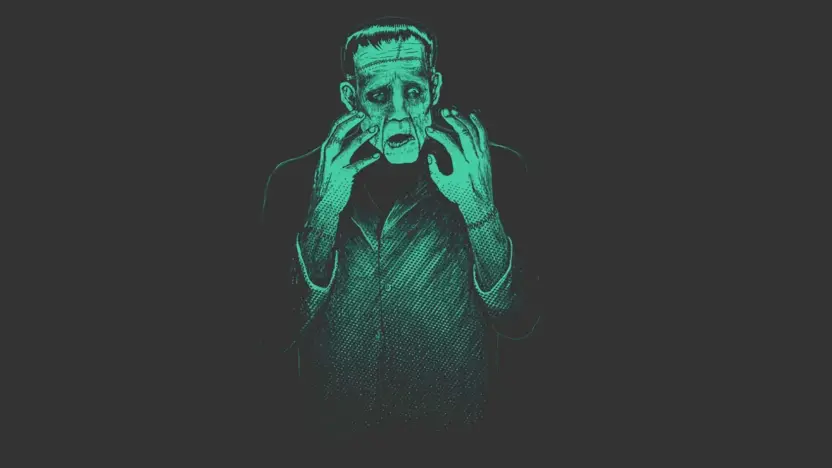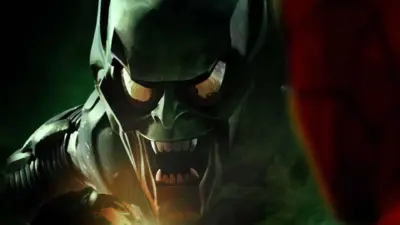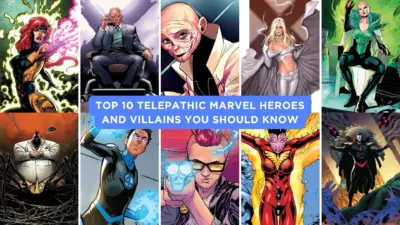When you think of Frankenstein, what comes to mind? Probably a towering creature stitched together from parts of various bodies, brought to life in a dramatic lightning storm. But Mary Shelley’s Frankenstein is much more than just a tale of a monster—it’s a rich, layered story about creation, morality, and the human condition. You’ve likely heard of Frankenstein—perhaps you’ve even read it—but how well do you really know the book and its history? In this blog, we’ll uncover 10 fascinating facts that you probably didn’t know about Mary Shelley’s Frankenstein. Let’s dive in!
10 Fascinating Facts You Didn’t Know About Mary Shelley’s Frankenstein
- Mary Shelley Was Only 18 When She Wrote Frankenstein
- The Idea Came to Her in a Dream
- It’s One of the First Science Fiction Novels
- The Full Title Is Longer Than You Think
- The Creature Is Never Called ‘Frankenstein’
- Mary Shelley’s Own Tragedies Influenced the Novel
- Frankenstein Has Sparked Countless Adaptations
- The Novel Raises Complex Ethical Questions
- The Book Was Initially Published Anonymously
- Frankenstein Reflects the Romantic and Gothic Movements
Mary Shelley Was Only 18 When She Wrote Frankenstein
Let’s start with an astonishing fact: Mary Shelley was just 18 years old when she began writing Frankenstein. Think about that for a second—at an age when most people are figuring out who they are, she was busy crafting one of the most iconic stories in literary history. It wasn’t published until she was 20, which is still a remarkable feat. Her youth makes the novel’s complex themes of life, death, and morality even more impressive. It’s a reminder that brilliance doesn’t have an age requirement.
The Idea Came to Her in a Dream
Have you ever had a dream so vivid that it left you shaken? That’s precisely how the idea for Frankenstein came to Mary Shelley. While vacationing in Switzerland with her husband Percy Bysshe Shelley and poet Lord Byron, they were stuck indoors due to bad weather. To pass the time, Byron proposed a ghost story competition. Mary Shelley found herself struggling to come up with a story until one night, she dreamt of a scientist who created life only to recoil in horror at what he had done. That dream became the seed for Frankenstein.
It’s One of the First Science Fiction Novels
When you think of science fiction, what comes to mind? Spaceships, time travel, maybe aliens? Well, Frankenstein predates all of that, and many consider it to be one of the first true science fiction novels. Shelley blended the scientific knowledge of her time with her imagination to create a story about the dangers of unchecked ambition and technological advances. Dr. Frankenstein’s quest to reanimate life through scientific means put the book in a class of its own, exploring territory no one else had at the time.
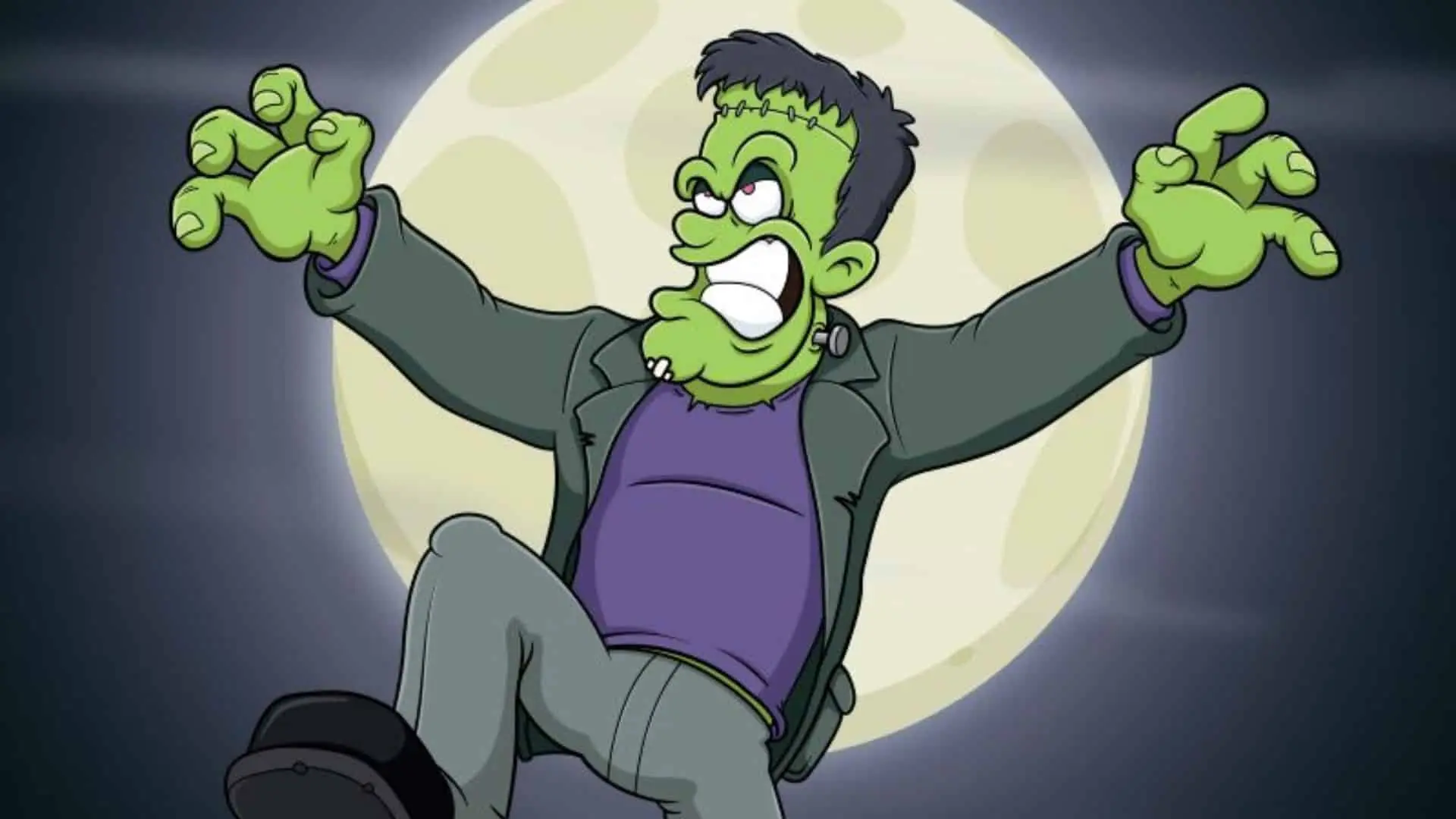
The Full Title Is Longer Than You Think
If you’ve only ever heard the book referred to as Frankenstein, then you’re missing out on its full, rather intriguing title: Frankenstein; or, The Modern Prometheus. Why Prometheus? In Greek mythology, Prometheus is a Titan who defies the gods by stealing fire and giving it to humanity. Shelley’s use of this myth highlights the novel’s central theme: the dangers of playing God. Dr. Frankenstein, much like Prometheus, brings forbidden knowledge (or in this case, life) to humans, only to suffer the consequences. The title is a perfect reflection of the novel’s deep philosophical roots.
The Creature Is Never Called ‘Frankenstein’
Here’s a common misconception: the creature in Frankenstein is often referred to as “Frankenstein,” but that’s not actually his name. The creature has no name at all, which is significant. He is often referred to as “the monster” or “the creature” throughout the book. This lack of identity is crucial to the story, emphasizing his status as an outcast—someone created but never truly accepted. So next time you hear someone call the monster “Frankenstein,” you can correct them with confidence!
Mary Shelley’s Own Tragedies Influenced the Novel
Shelley’s life wasn’t easy, and the personal tragedies she experienced undoubtedly influenced the themes in Frankenstein. By the time she wrote the novel, she had already lost her mother (who died shortly after her birth), and she had lost her first child, a daughter who died prematurely. Themes of life, death, and creation run through the novel, and many scholars believe these reflect Mary Shelley’s own struggles with loss and grief. When you read Frankenstein with this in mind, it becomes not just a horror story but also a deeply personal exploration of human suffering.
Frankenstein Has Sparked Countless Adaptations
If you’ve seen Frankenstein in movies or TV, you’ve probably noticed that the adaptations don’t always stick closely to the book. In fact, the most famous adaptation—1931’s Frankenstein, starring Boris Karloff—takes quite a few liberties. For example, the iconic image of Frankenstein’s monster with bolts in his neck and a flat head? That’s a Hollywood invention, not Mary Shelley’s creation. However, these adaptations have helped cement Frankenstein in popular culture, ensuring that the novel’s legacy endures. From stage plays to comics and even Halloween costumes, Frankenstein has inspired countless interpretations.
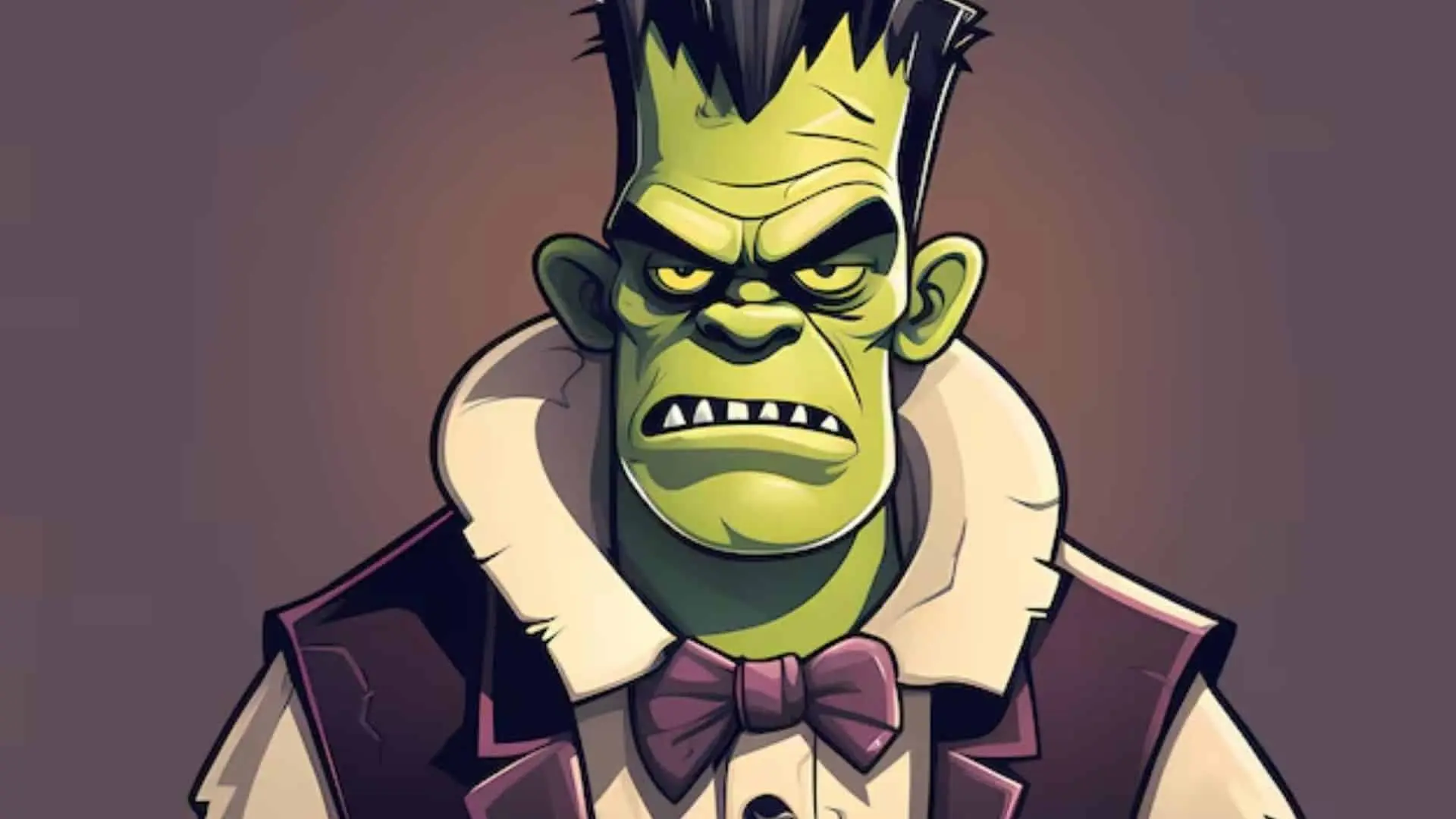
The Novel Raises Complex Ethical Questions
Shelley didn’t just write a spooky story—she created a narrative that forces readers to ask tough ethical questions. Dr. Frankenstein’s ambition to create life raises the question: Just because we can, does it mean we should? The novel delves into the consequences of human actions, particularly when those actions are driven by ego and ambition rather than ethical considerations. Shelley’s story remains relevant today, especially in light of modern debates over genetic engineering, artificial intelligence, and other advancements that blur the lines between science and morality.
The Book Was Initially Published Anonymously
When Frankenstein was first published in 1818, it was done so anonymously. At the time, many people assumed that Percy Bysshe Shelley, Mary’s husband, had written it because he penned the preface and was already a well-known poet. It wasn’t until 1823, with the second edition of the book, that Mary’s name appeared as the author. Some speculate that the decision to publish anonymously was due to the fact that women writers weren’t always taken seriously in that era, especially when writing a novel as bold and unusual as Frankenstein.
Frankenstein Reflects the Romantic and Gothic Movements
Shelley’s Frankenstein is often classified as a Gothic novel, but it also embodies many characteristics of the Romantic movement. Romanticism, which was popular in the early 19th century, emphasized emotion, individualism, and the power of nature—all of which are evident in Frankenstein. The novel’s dark, moody atmosphere, as well as its focus on the sublime power of nature (think of the storm that brings the creature to life), makes it a quintessential Romantic work. At the same time, its Gothic elements—mysterious settings, the theme of the grotesque—add another layer of intrigue to the story.
Also Read: Why Books Are Always Better Than Their Movie Adaptations?
